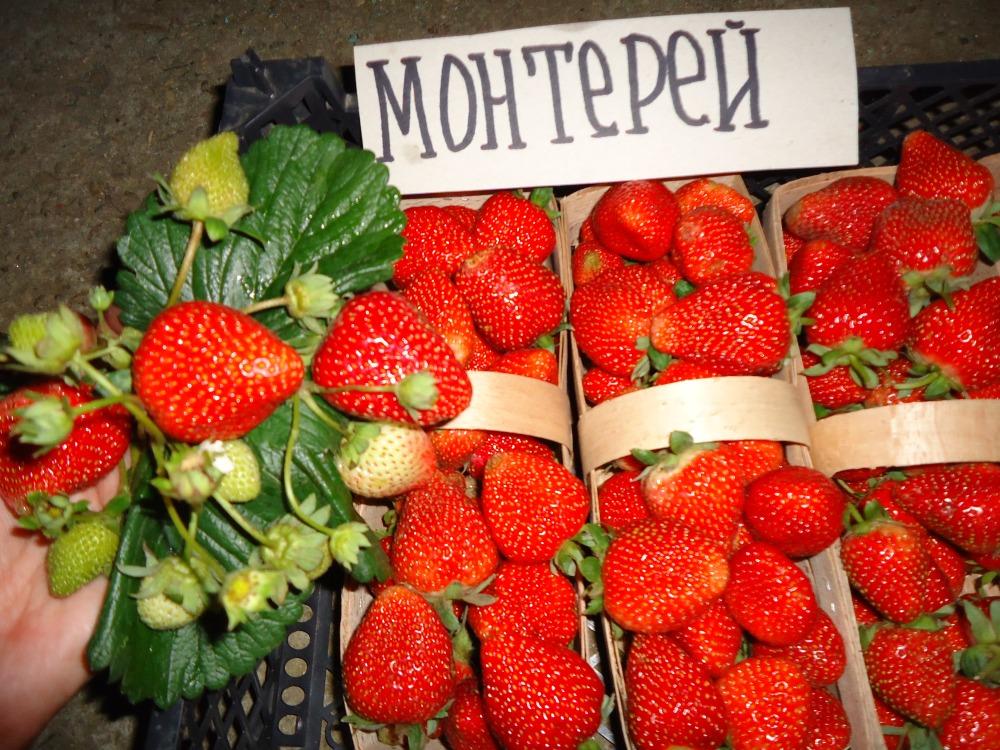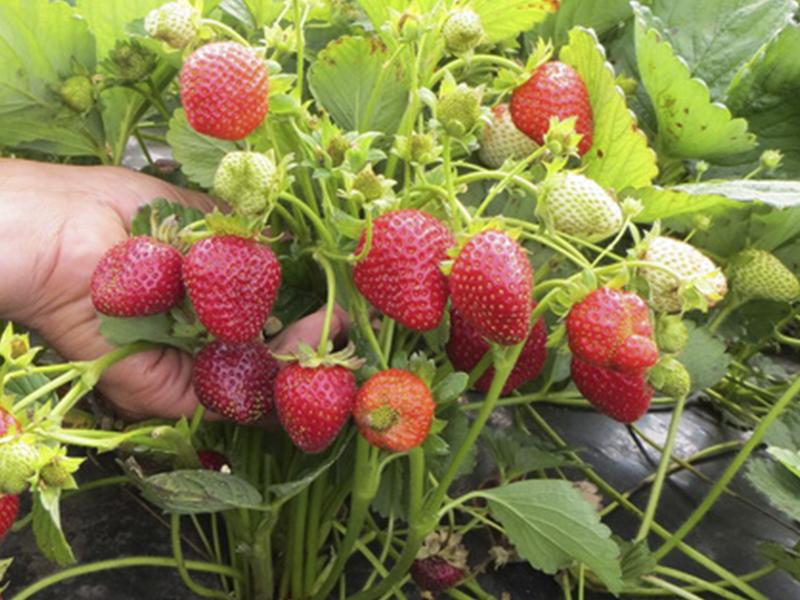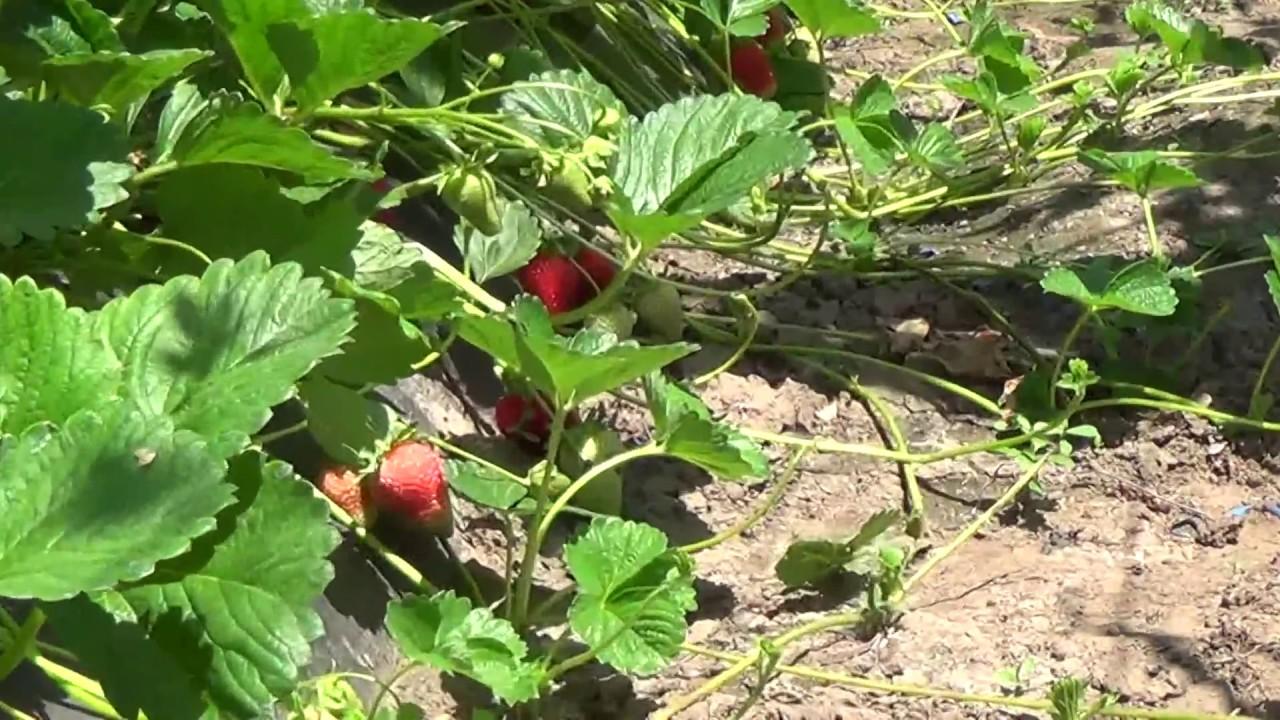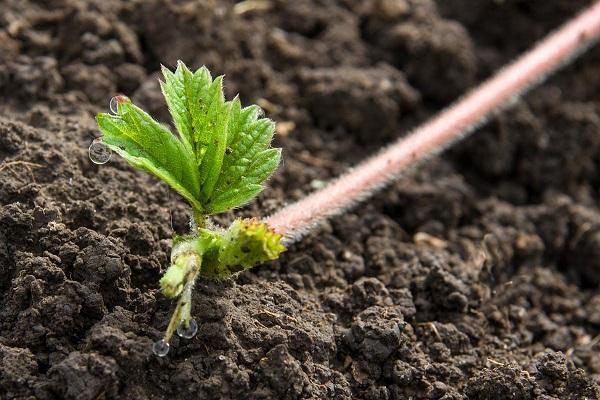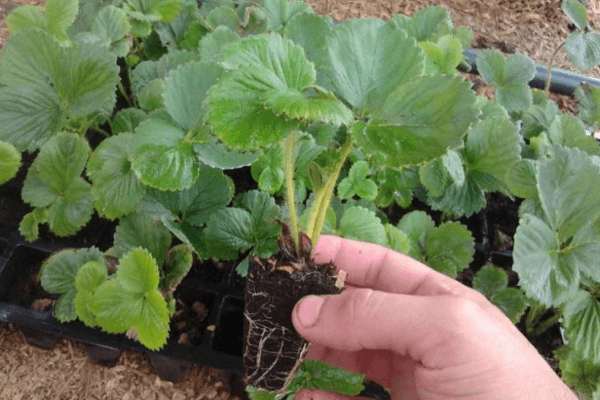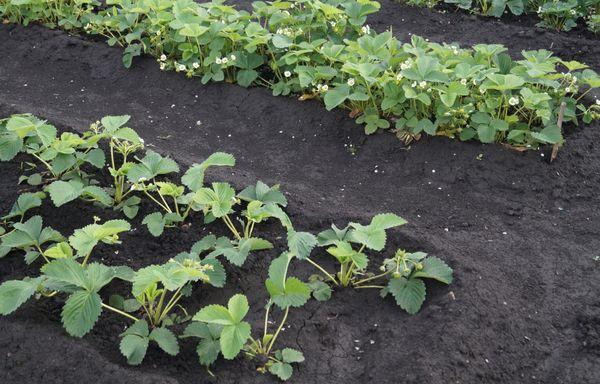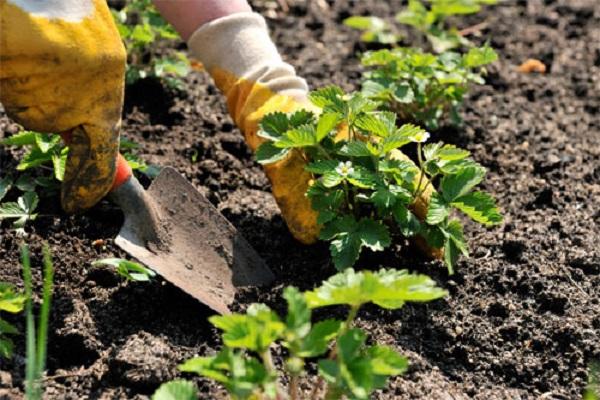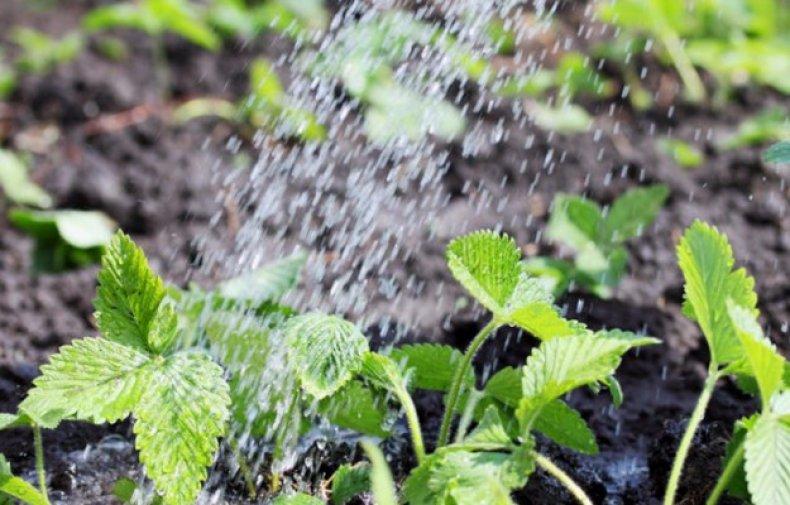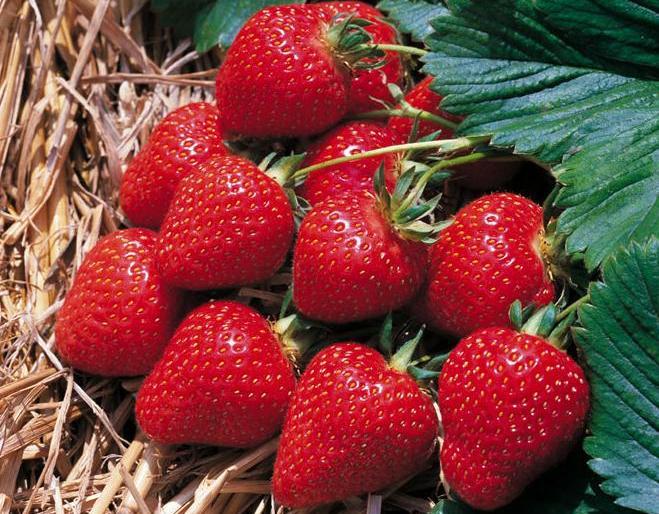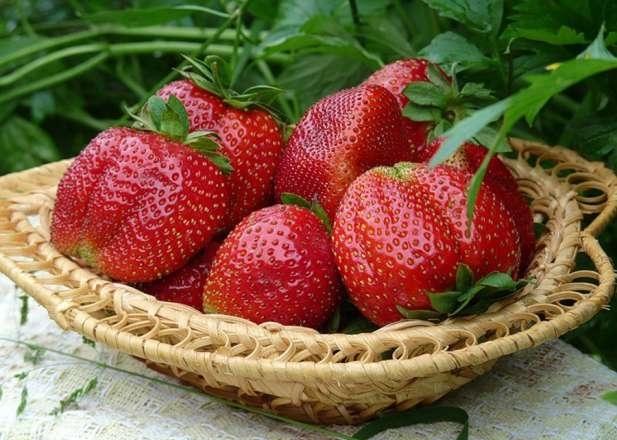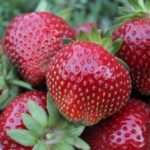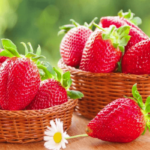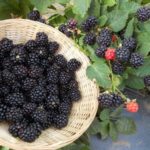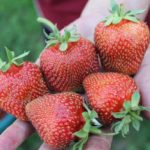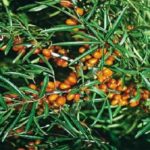The remontant strawberry of the American Monterey variety has won the hearts of gardeners with the attractiveness of its ripe berries, large fruit size and genetic ability to bear fruit all season long. Growing remontant varieties is a labor-intensive task; the gardener must know all the subtleties and nuances of handling the whimsical berry. Californian beauty is recommended to be grown in regions with a temperate climate.
- Main characteristics of the Monterey variety
- Description of strawberries
- Positive and negative aspects of garden strawberries
- Rules for growing crops
- Time and place of landing
- Preparation of seedlings
- Planting process
- Nuances of plant care
- Weed control
- Top dressing
- Watering
- Wintering
- Protection against diseases and pests of strawberries
- Culture propagation
- Collection and storage of garden strawberries
Main characteristics of the Monterey variety
American breeders created Monterey in California in the early 2000s. The hard-fruited strawberry variety Albion was taken as a basis.
Characteristics of the variety:
- Remontant berry of light neutral day.
- Medium early, begins to bear fruit from the end of May.
- Forms a powerful bush with large leaves.
- High yield, up to 2 kg of berries per season from one bush.
- Large fruit, fruit weight 50 g.
- The taste of the berries is balanced, sweet, the fruits do not sour.
- Lasting immunity.
California berries can be grown indoors. In greenhouses, Monterey bears fruit all year round. Ripe fruits are elastic, hold their shape well, and the berries can be used for whole-fruit canning.
Description of strawberries
The powerful American strawberry bush produces up to 14 flower stalks. The flowers are large, white on thick stems. Daughter rosettes provide additional yield. The leaves are large, shiny, regular in shape. The root system is well developed. The fruits are conical in shape, pointed towards the base.
Monterey bears fruit in four stages. At extremely high temperatures, the berries do not have time to ripen completely, and the yield decreases.
Positive and negative aspects of garden strawberries
Monterey is a proven variety of remontant garden strawberry, suitable for commercial cultivation. The variety tolerates the mistakes of novice gardeners, but requires care and adherence to agricultural technology.
The main benefits of strawberries include:
- Winter hardiness: berries do not require additional shelter during the cold season (if the air temperature does not drop below -25 0C), it is enough to sprinkle the bushes with organic mulch.
- It is undemanding to watering; even with sudden changes in humidity levels, the fruits remain juicy.
- Can set flower buds at +2 temperature 0WITH.
- Forms a moderate number of stepsons.
- Excellent transportability of ripe harvest.
- The seedlings quickly take root and do not get sick.
The disadvantages of the variety include:
- Plant requirements for soil: Monterey does not tolerate sandy soils or loam.
- A light-loving plant that does not tolerate shade or partial shade.
- The bushes grow quickly; it is necessary to maintain rows when planting seedlings and the distance between the bushes.
- In order not to reduce the yield, it is necessary to frequently renew the plantings.
Monterey is genetically resistant to major strawberry diseases. The plant responds well to fertilizing. With regular fertilization, it reaches its full potential.
Rules for growing crops
Growing garden strawberries is not an easy process. First of all, you need to choose the right seedlings and place for strawberry plantings. Seedlings must first be prepared for transplantation and properly planted in the soil, avoiding thickening of the beds.
Time and place of landing
Remontant strawberries can be planted at any time of the year, except winter and late autumn. In the spring, as soon as the threat of frost has passed, the young seedlings are ready to be planted in the garden beds.
The topography of the site for American strawberries must be chosen correctly - Monterey does not like to grow on slopes and depressions. The area should be flat and well lit. The nutritional characteristics of the soil must be high. Moderate black soil is an excellent option.
Important! The California variety of remontant strawberries will not grow in acidic soils with a high content of limestone. The root system of Monterey does not tolerate stagnation of moisture; the groundwater level should not be higher than 1 m. The absence of drafts is a necessary condition for good strawberry yield.
Preparation of seedlings
Monterey is propagated in four ways:
- Seeds.
- Seedlings.
- Dividing the bush.
- Usami.
Dividing the bush and planting seedlings are the simplest and most reliable options. Plantings are formed from healthy, not twisted bushes with a good root system. As a preventative measure, it is recommended to treat the roots with antimicrobial agents or sprinkle them with wood ash. Roots that are too long are shortened by a third. Withered or yellowed leaves are removed.
Planting process
The soil is prepared for planting within a month. The beds must first be dug to a depth of 30 cm, weeds must be removed, and a complex of mineral and organic fertilizers must be applied. Superphosphate and humus are required.
Plants are planted in the evening or in cloudy, little sunny weather. Holes and rows are marked in the garden bed, observing the ratio: 50 cm between rows, 40 cm between bushes. You can additionally add humus to each hole and add a small amount of urea. The seedlings are placed in depressions (20 cm), with the roots straightened, sprinkled with earth.
Important! The core of the bush should not be covered with soil; the plants are planted in a checkerboard pattern. Each bush must be watered and provided with small shelters from the scorching rays of the sun.
Nuances of plant care
Caring for Monterey is traditional, like most remontant varieties of berries. Fertilizing, weeding, loosening, carrying out preventive measures to protect plants from pests and diseases.
Weed control
Strawberry plantings must be loosened periodically, the optimal depth is 3 cm.The roots of the plant must be ventilated and receive oxygen. The loosening process is combined with the removal of weeds. It is imperative to remove weeds; they take away nutrition from the berries and can be carriers of diseases. In early spring, it is important to clear plants of debris, old leaves and winter coverings in the form of mulch. This will release the young buds, and the plant will quickly gain strength for growth.
Top dressing
Strawberries bear fruit all season long, but the soil is quickly depleted. Fertilizers must be applied regularly. Feeding with cow pats and bird droppings is a proven method. The main thing is not to “burn” the plants, be sure to follow the dosage. Mineral fertilizers used include nitrophoska, urea, superphosphate, and wood ash.
Watering
Drip irrigation is the best way to moisten the soil and leaves of plants; fertilizers can be introduced through it. If there is excess moisture, strawberry roots may begin to rot, but the taste and structure of the fruit will not deteriorate, and the berries will not become watery. This feature is genetically determined by breeders.
Plants should be watered 3-4 times a week. If strawberries are grown in open ground, then only in the evening or early in the morning.
Wintering
Opinions about the frost resistance of berries vary. Manufacturers claim that the plant is relatively frost-resistant. Monterey does not require additional shelters for the winter at temperatures not lower than -25 0C. But experienced gardeners cover strawberries of this variety for the winter using film or covering material.
Protection against diseases and pests of strawberries
Powdery mildew disease is a major problem encountered in growing Monterey strawberries. The disease spreads quickly and can destroy all strawberry plantations.
First of all, it is necessary to remove all affected leaves, stems and fruits from infected plants.It is also recommended to remove the top layer of soil underneath them. To stop the spread of the disease, you can use chemicals.
You cannot plant strawberries after potatoes - this is the rule of crop rotation. If this law is not observed, strawberry plantings can be overcome by a nematode, which is difficult to cope with. To disinfect the soil, use table salt in the proportions of 1 tablespoon of salt per 1 liter of water. Water the soil with this solution before planting strawberry seedlings in the beds.
Culture propagation
High-quality seedlings are obtained from seeds and the seedlings are grown independently. Experienced gardeners propagate Monterey by dividing the bush: at the same time they thin out the beds and increase the number of bushes.
Strawberries of the remontant variety Monterey form a sufficient number of mustaches during the process of growth and fruiting. Dropping daughter rosettes is a traditional and productive way of growing strawberries.
Collection and storage of garden strawberries
American strawberries are used for commercial growing purposes. Monterey fruits have an elastic, strong protective film; the berries do not wrinkle and do not “yield juice” quickly. The transportability of the berries is excellent.
You can preserve Monterey fruits with whole berries. They can be frozen and used to decorate desserts. At the same time, the berry retains its rich sweet taste and delicate aroma. It is recommended to store fresh strawberries in wicker baskets or fruit boxes in a dark, cool, ventilated place.
The Monterey strawberry variety is known to gardeners and has been grown in home gardens for two decades. During this time, many positive reviews about this culture have accumulated.To get a decent harvest, you will have to work hard, but the result will please you: large, aromatic berries on the table all year round.

